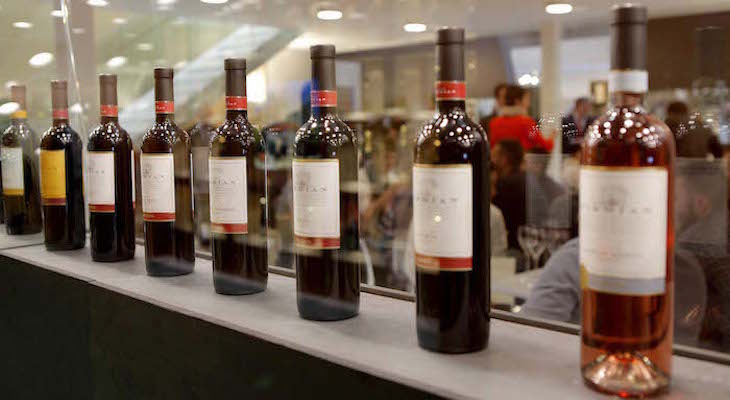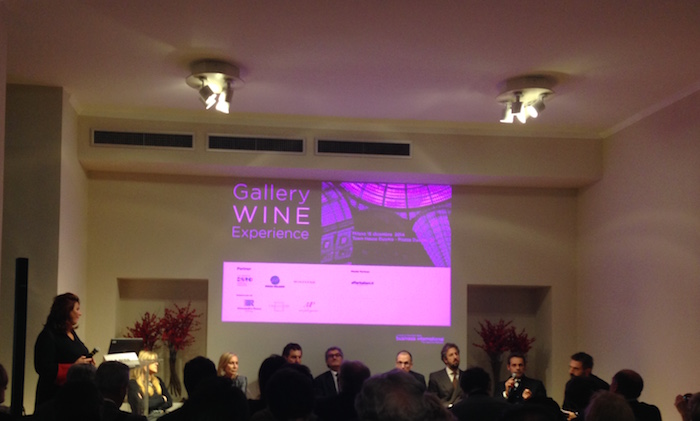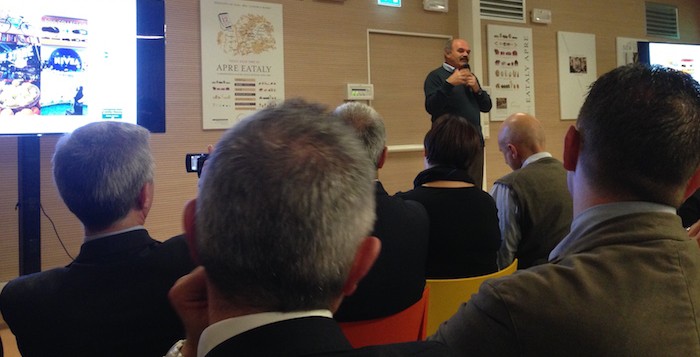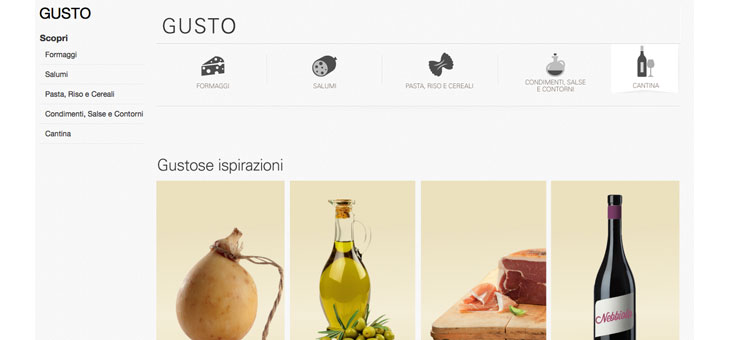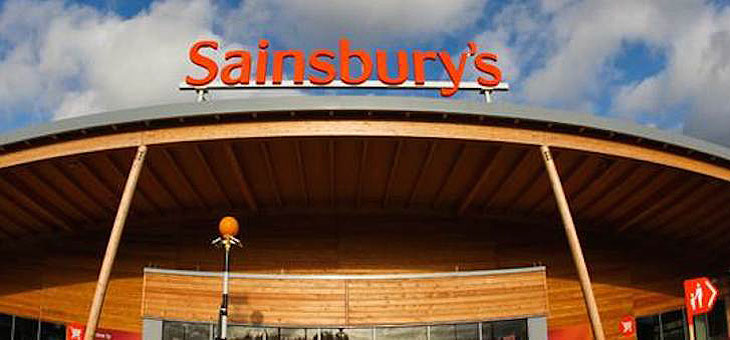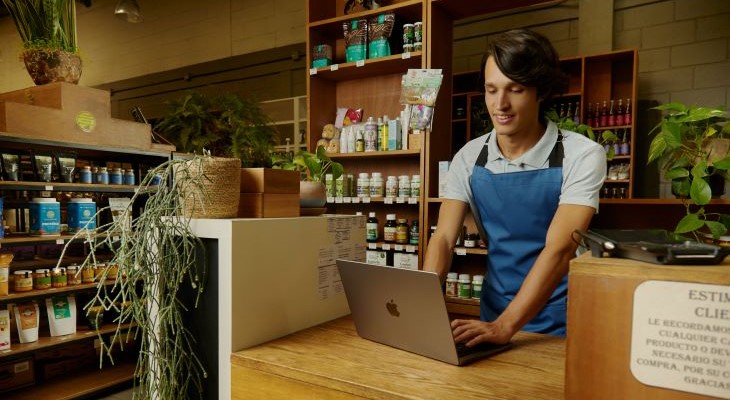Work on the internationalisation of wine companies and consolidate the image of Italian wine in the world, which already in the last few years has made a significant leap forward: these are the requirements of this sector that also this year sees in Vinitaly, at Verona Fiere from March 22 to 25 next and now in its 49th edition, the ideal service platform to allow producers and operators to maximise emerging opportunities and create new ones. Perhaps to reach the goal mentioned last year by Prime Minister Matteo Renzi to increase wine exports by 50% by 2020.
Even if 2014 was not an easy year, the feeling of the 30 leading companies surveyed by Vinitaly, which in total account for approx. 2 billion in turnover, is positive: 55% express confidence for 2015, 35% in these first two months have already had positive feedback and 5% expect a very positive year.
International meetings, TTIP and”Italian Wine” courses
“In line with the identity of the B2B fair – explained Giovanni Mantovani, General Manager of Veronafiere – Vinitaly 2015 will be the culmination of an intense incoming activity, which we implemented and developed with the support of MISE, the Italian Trade Agency – ICE and MIPAAF. Joining forces allowed us to engage buyers and delegations of selected operators from all around the world, with an increase in the financial investment of 34% compared to last year”.
In the International Buyers Lounge, B2B meetings will be held between the buyers of visitor delegations and exhibitors. A major conference, requested by protection consortia, wineries and other companies in the industry, will instead examine the issue of TTIP (Transatlantic Trade and Investment Partnership with the US) negotiations. In addition to focuses on Hong Kong, China, USA, Russia, Brazil and Australia.
More than 4,000 exhibitors are expected, occupying an area of over 91,000 square metres, which become 100,000 with Sol&Agrifood and Enolitech, the quality agrifood fair (with the part dedicated extra virgin olive oil implemented in collaboration with Unaprol) and that of technical equipment for the wine and oil supply chain that take place simultaneously.
Among the initiatives of Vinitaly worthy of mention are OperaWine, scheduled for March 21 in collaboration with the leading American magazine “Wine Spectator” and, from March 16 to 20, again in Verona, the first certification course for Italian wine specialists, an initiative of VIA – Vinitaly International Academy, the Vinitaly International educational project which issues, after a final exam, two levels of certification: Italian Wine Ambassador (IWA) and Italian Wine Expert (IWE). Fifty candidates, representing the top professionals in the industry (managers of some of the major international hotel chains, journalists, Masters of Wine) from China, the United States, Australia, Austria, Brazil, Canada, Korea, France, Germany, Hong Kong, the Netherlands, the United Kingdom, Russia, Singapore and Ukraine. VIA will also organise three Master Classes+ during Vinitaly, not only on Italian wines. In collaboration with Ismea there will also be a conference on craft wines, another great Italian wine heritage.
Expo and beyond, towards the Consolidated Law on wine
At Vinitaly there will also be the official presentation of Vino – A taste of Italy, the wine pavilion in the Italian Pavilion of the Universal Exposition in Milan, implemented by Veronafiere-Vinitaly for the Ministry of Agriculture, the Italian Pavilion and Expo 2015 SpA. “Vinitaly represents all the Italian wine experience worldwide – said the Minister of Agriculture, Maurizio Martina -. Verona will also be the opportunity to take stock of what has been done by the Government in terms of bureaucratic simplification and internationalisation of our companies and to launch the new objectives beyond Expo 2015, including the Consolidated Law on wine, in order to restructure and reorganise the industry”.

